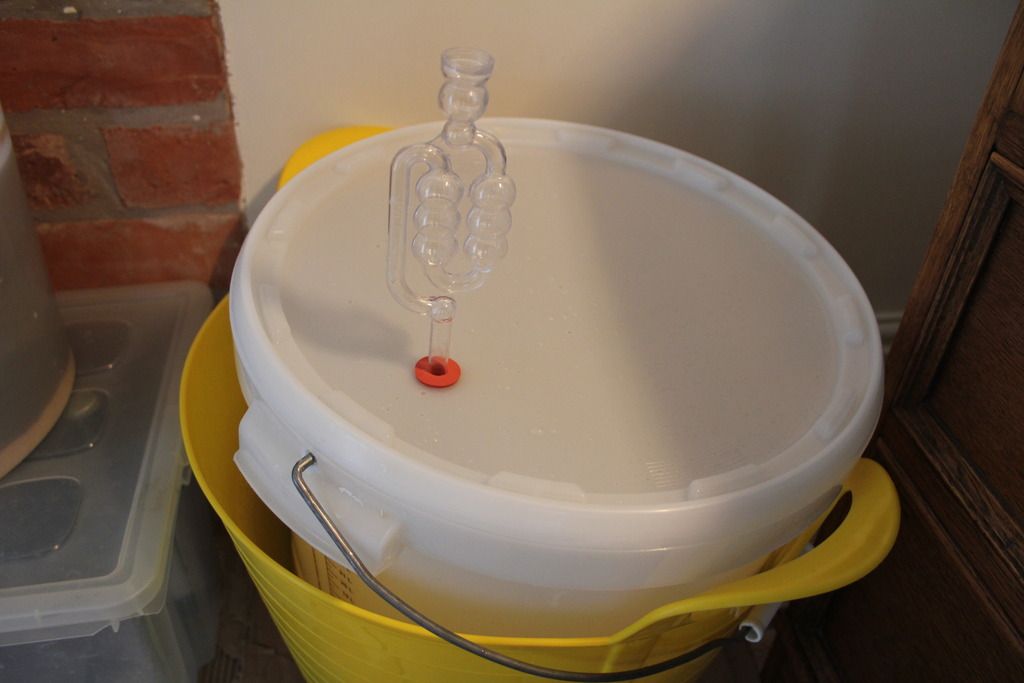I have only brewed kits during the warmer months of the year so the decreased temperature hasn't been a problem for me yet. That said I have a few kits I want to brew but am concerned that the reduced temperature will slow if not stop fermentation.
All will be brewed inside the house in the spare room.
I have seen belt heaters etc but wondered what everyone else does at this time of year and winter.
Many thanks in advance
All will be brewed inside the house in the spare room.
I have seen belt heaters etc but wondered what everyone else does at this time of year and winter.
Many thanks in advance





